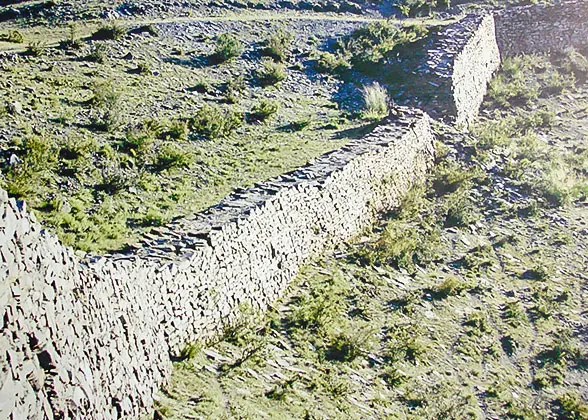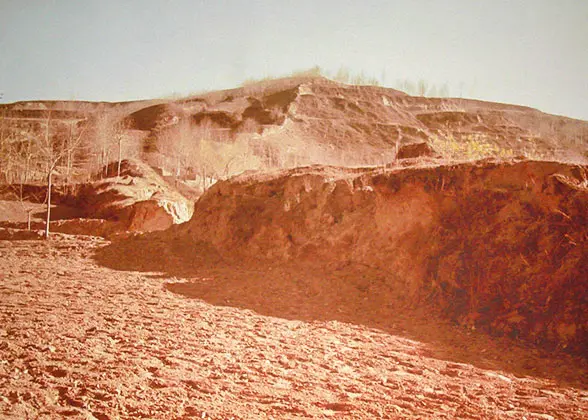General Meng Tian Attacked the Huns in the North
Why did General Meng Tian attack the Huns?
In the late Warring States Periods (476 BC-221 BC), Qin State conquered the other six states and set up the first feudal empire in Chinese history. But when it was busily engaged in the fierce fights with other states, the Huns, an ethnic group proficient in riding and shooting, took the opportunity to disturb the northern part of China. They passed over the Yellow River and occupied a large piece of land to the south of Hetao Area, which directly menaced the safety of Xianyang, the capital of Qin Dynasty. Taking the Huns as a hidden danger for a long time, the Emperor Qin Shi Huang sent the General Meng Tian to attack them in the north after the six ducal states were united.
 |
| Great Wall of Qin Dynasty on Yinshan Mountain, Guyuan County, Inner Mongolia |
How did General Meng Tian attack the Huns?
In 215BC, Meng Tian led an army of 300,000 soldiers to attack Huns. At that time, the main force of Huns was spread in the west of Yinshan Mountain, the north of Helan Mountain, Longxi County and Hetao Area. Analyzed the situation, Meng Tian led the frontier defense to head towards the northern Hetao Area, while at the same time, another military force started from Beijun (Today Qingyang City in Gansu Province), went out of Xiaoguan Pass and entered the southern Hetao Area to sweep the Huns who were active in Hetao Area. After that, he advanced along two routes from the northwestern Hetao Area and the southwestern Hetao Area respectively, to attack Wuyuan County, Langshan Mountain and Helan Moutain.
 |
| Great Wall of Qin Dynasty in Lintao County, Gansu |
During the summer and autumn in 215BC, Meng Tian and his army won the lost territory to the south of Yellow River. In the spring in 214BC, the main force of Qin army marched across the Yellow River from Wuyuan County, entered Langshan Mountain and the other force captured Helanshan Mountain. Under the fierce offensive of Qin's army, the Huns had to escape to 700 li (217 miles) far away to the north of the desert. Thus far, the lost territory in the border area of the former Qin and Zhao states was all recovered.
Construction of Qin Dynasty Great Wall
In order to consolidate the victory and ensure the northern border's safety, the Emperor Qin Shi Huang ordered Meng Tian to connect the wall along the Yinshan Mountain from Gaoque Fortress to the former Zhao State, and built a wall along Langshan Mountain from Gaoque Fortress to Yuguan Pass (present Shanhaiguan Pass). Through many years' construction, finally, a long wall started from Lintao County (present in the north of Lintao County in Gansu Province) in the west and ended at Liaodong in the east. Thus the first Ten Thousand Li Great Wall (Wan Li Chang Cheng) was formed in Chinese history.![]() Further Reading on Famous Great Wall Battles:
Further Reading on Famous Great Wall Battles:
![]() Wei Qing and Huo Qubing Beat Back the Huns
Wei Qing and Huo Qubing Beat Back the Huns
![]() Genghis Khan Breached China Great Wall
Genghis Khan Breached China Great Wall
![]() The War of Shanhaiguan Great Wall
The War of Shanhaiguan Great Wall
![]() Battle of Rehe - Last Battle on the Great Wall
Battle of Rehe - Last Battle on the Great Wall